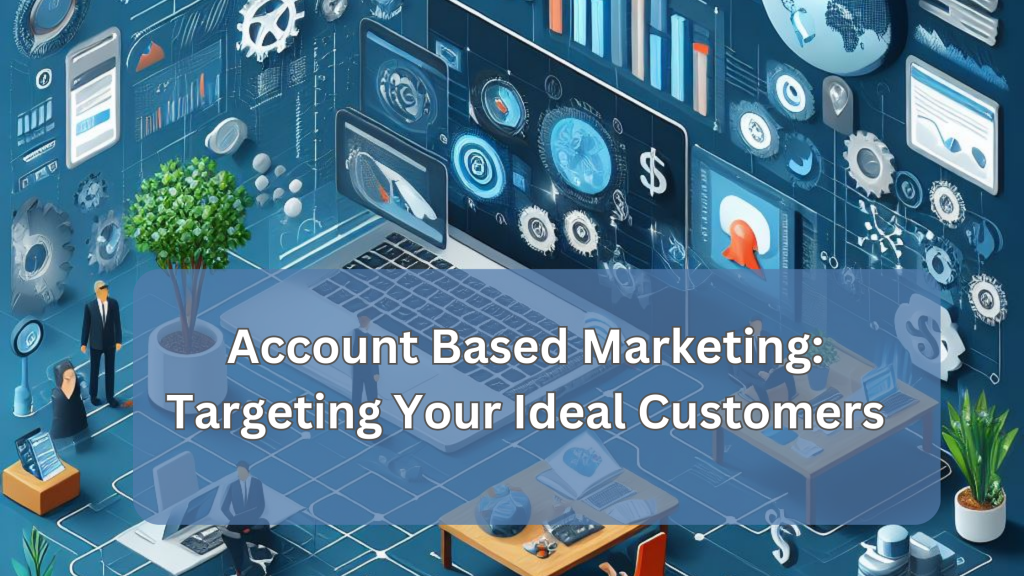
My most recent podcast episode discussed account based marketing (ABM) featuring Mike Maynard, CEO of Napier. As someone who works in marketing, I was familiar with the term ABM but didn’t fully understand what it entailed or how to implement it effectively. After listening to Mike explain ABM more thoroughly, I have a much better grasp on this targeted approach to marketing.
What is Account Based Marketing?
At its core, account based marketing is about identifying and focusing your marketing efforts on the companies that are most likely to buy from you. As Mike explained, ABM is “working out who’s most likely to buy your product and then focusing your marketing activities and therefore your marketing budget on the people who are most likely to be customers.”
Traditional marketing casts a wide net, trying to reach as many potential customers as possible. ABM takes the opposite approach – narrowing your focus to only those companies with the greatest potential to close a deal. As Mike pointed out, this allows you to customize and personalize your messaging to resonate with each target account and representative.
How to Implement ABM:
- Identify your ideal customer profile
The first step is determining what accounts make the most sense for your product or service. As Mike suggested, start by looking at your current customer base and identifying common characteristics like company size, industry, location, etc. Build a profile of your ideal customers from there.
- Research target accounts
Once you’ve built your ideal customer profile, start compiling a list of potential target accounts that match that profile. Thoroughly research each company to ensure they are a good fit. You can also use AI tools like chatGPT to enrich your data on target accounts.
- Map buying committees
For each target account, determine the key decision makers and buying influencers involved in the purchase process. Also, identify the personas who will interact with your product and tailor content and messaging specifically for these audiences. Mike called these “buying committees”.
- Develop personalized campaigns
With your target account list and buying committees mapped out, you can start developing hyper targeted and personalized campaigns. Create customized content and outreach strategies tailored to each account.
- Measure and refine
Closely track your ABM campaigns to see which accounts engage and convert. Continue refining your target account list, personas, and campaigns. ABM is an ongoing process.
The Bottom Line
Rather than competing for attention in a sea of potential customers, ABM allows you to focus your marketing dollars on high-value accounts. The level of personalization and customization possible with ABM leads to higher conversion rates and a better return on investment. While it requires an upfront investment of time and resources, the payoff can be huge if implemented correctly. I am glad that I had the opportunity to speak with Mr. Maynard about ABM!
Author
-

Hank is an author, speaker, podcast host and Director of Operations at Kickbox, a Ziff Davis company. With a passion for all things digital and social, combined with more than 25 years of experience in sales and marketing, he has been dubbed the Digital Marketing Infotainer because he makes marketing fun and successful.
View all posts
